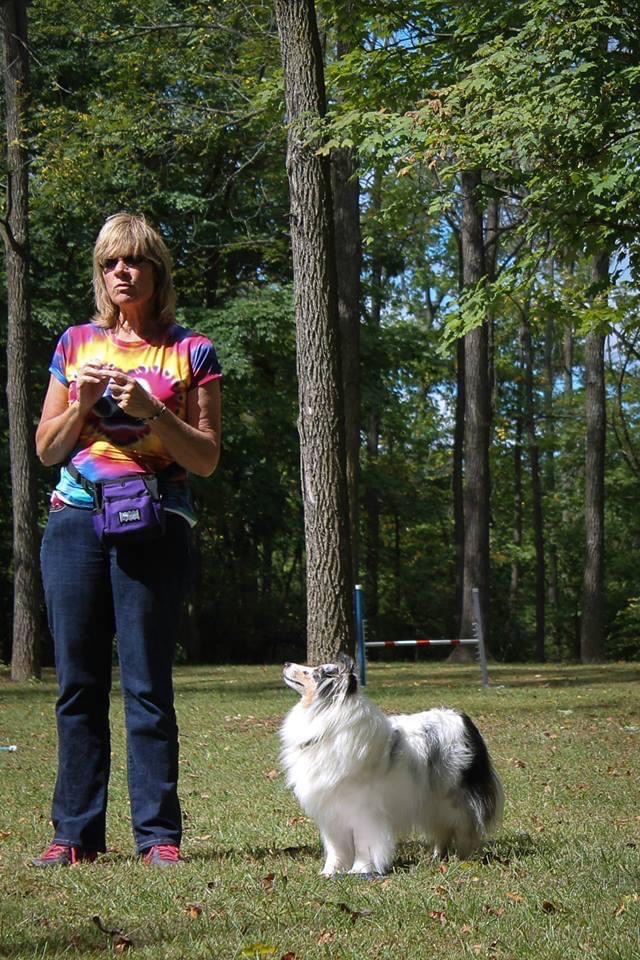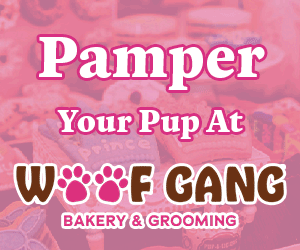Training the mind of a dog, and his body position are equally important. Training should always be fun, think about how little people learn. Why would a dog that has the cognitive ability as that of a 2-3-year-old toddler not learn the same way? After all they are both mammals, just different species. If one thinks about their dogs in this context it will take the pressure off both the dog and the human as they are learning together as a team.
Here are some simple rules to follow to train a healthy animal. Your dog’s emotional wellbeing is crucial to your dog’s feeling of safety. The hierarchy of your dog’s needs starts with safety and then food and water. In other words, if one doesn’t start training behaviors that the animal feels safe doing, then one can poison the dogs desire to learn. Training with fear and force free methods will help the dog to become a happy and well-structured dog.
- Positive Reinforcement is reinforcing a desired behavior with a value. The dog’s value not yours.
- A dog is likely to repeat behaviors that are rewarded.
- Learning does not occur if the dog does not feel safe.
- A simple rule is that behaviors resulting in pleasant consequences will be repeated. A consequence drives behavior. Humans and dogs learn the same way. Association.
- Rewards can be toys, food or praise. What does your dog value above all else?
- Plan to set your dog up for success. Fear stops the learning process in both animals and people.
- Ask yourself, what relationship do you have with your learner, what is your history of reinforcement?
- Set your dog up for success by using management (crates, leashes, tethering to door knobs, mats or beds).
- You are your dog’s advocate, be alert to your dogs’ body language. Your dog communicates with his body. When your dog is nervous, he will hold his breath. Be aware of your dog’s stress signals. If it doesn’t feel right, then it is not right. A good handler always keeps their dog’s wellbeing in mind.
- When training behaviors use a happy voice, smile. Keep your body language soft. Keep your body still. Talk less, talking less allows the dog to think about what he needs to offer to earn a reward. Try not to disrupt patterns of thought.
- Keep your dog’s arousal level as low as possible. Teach go to mat and settle games, be creative.
- Teach your dog to relax, rub their ears softly, body and face. Massages may help to settle your dog.
- A conditioned reinforcer is any signal an animal can perceive. The most popular are a clicker or a verbal marker such as” YES”. Mark the behavior as it is occurring. Do not rush to get the food in the dog’s mouth after the mark. Using the marker gives the handler time to get the reward to the dog. 1-2 seconds is longer than you think. Keep the clicker hand and the reward hand separate motions. These signals can be more powerful than the delivery of the value. The dog gets a hormonal rush with the mark. The mark creates the anticipation for the delivery of the value. It means to the dog “yes, you are correct give me a second and I will give you your reinforcement”.
- A behavior an animal learns by way of shaping, (teaching in very small steps) is a very powerful way of teaching a behavior. These behaviors stick forever.
- Always make sure you have your dog’s attention before you give a cue. Use a kissy sound to help the dog focus on you. It is important that the dog is connected to the handler before giving a cue.
- What happens when a dog doesn’t perform a behavior when cued…nothing… This is a phrase you may want to use. “Try again”. This is called a “no reward marker”. You are saying to the dog “that’s not right try again, and you can earn that reward.” Keep in mind the behavior may not be strong enough.
- How to get rid of unwanted behaviors is tough. For example, turning your back on a jumping dog causes frustration. Giving a cue for an alternate behavior such as sit, gets a reward. The behavior jump gets nothing (no verbalization please!) Be careful, make sure you pause in between behaviors so as not to teach a jump/sit.
- Keep verbal cues one syllable (dogs are not VERBAL). Keep the cue as simple as possible. A cue is a green light for the dog to earn a reward.
- Call your dog and reinforce him for a full 60 seconds for coming to you. This may be the most important behavior you will ever train. The dog that comes on recall is a safe dog.
- The clicker is used to teach a behavior and then once the behavior is learned we attach a verbal cue. We then put the cue on a variable reinforcement schedule. Sometimes the dog is rewarded when cued and sometimes not. Maintaining behavior needs rewarded every now and then.
Training and modifying behavior are like putting together a jigsaw puzzle. It is our job to help the animal put the pieces together. When I am training an animal, I am watching everything about him. Through training I am having a conversation with the dog in front of me. Many times, they will tell me immediately what they are all about. Other times the animal makes me work harder to establish a conversation. The most important message I hope you have received from this article is that kindness goes a very long way. Keep these three things in mind when teaching your dog. Be kind, be consistent, and be patient. You are doing one of the hardest things there is, communicating with your dog.
Happy Training
Paula Shimko KPACTP



